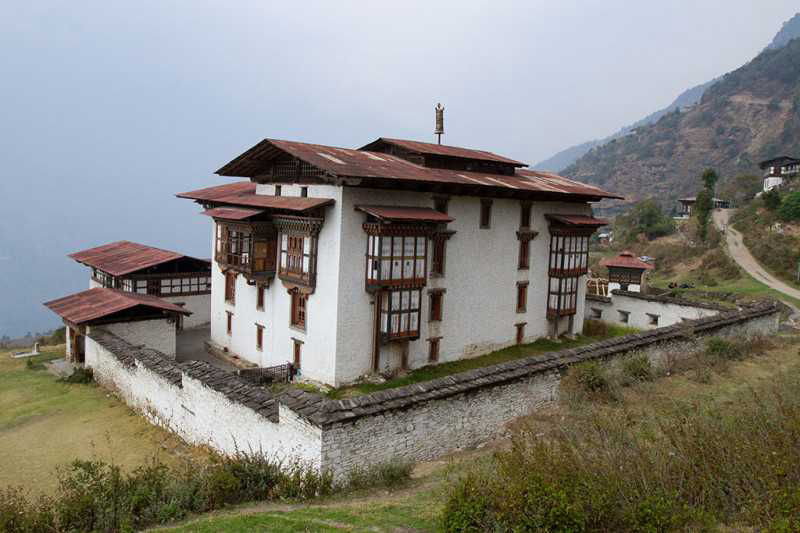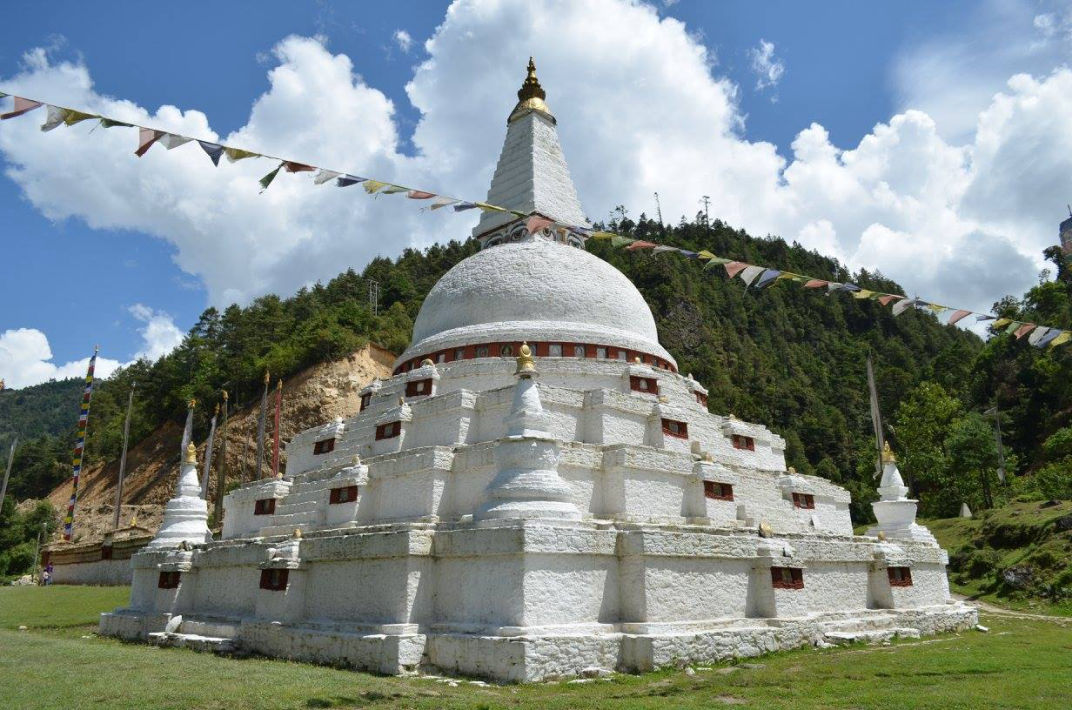The Vanguard of the Warriors
Pelela pass at 3300m is an important dividing range that separates Western Bhutan from Central and Eastern Bhutan. Crossing this important Pass, one may enjoy the pastoral feeling as you drive deeper into the valley with meadows where sheep and yaks graze. The bamboos that grow plenty on these hillsides are trimmed by yaks. Yaks love the dwarfed bamboos. If you are a bird watcher, look out for the specialty called the Wren Babbler taking refuge underneath those bamboos. In the months of April-June, the hillsides are painted with the rhododendron blooms. Trongsa, the sacred and the temporal heart of the country is the first district that you will come across.
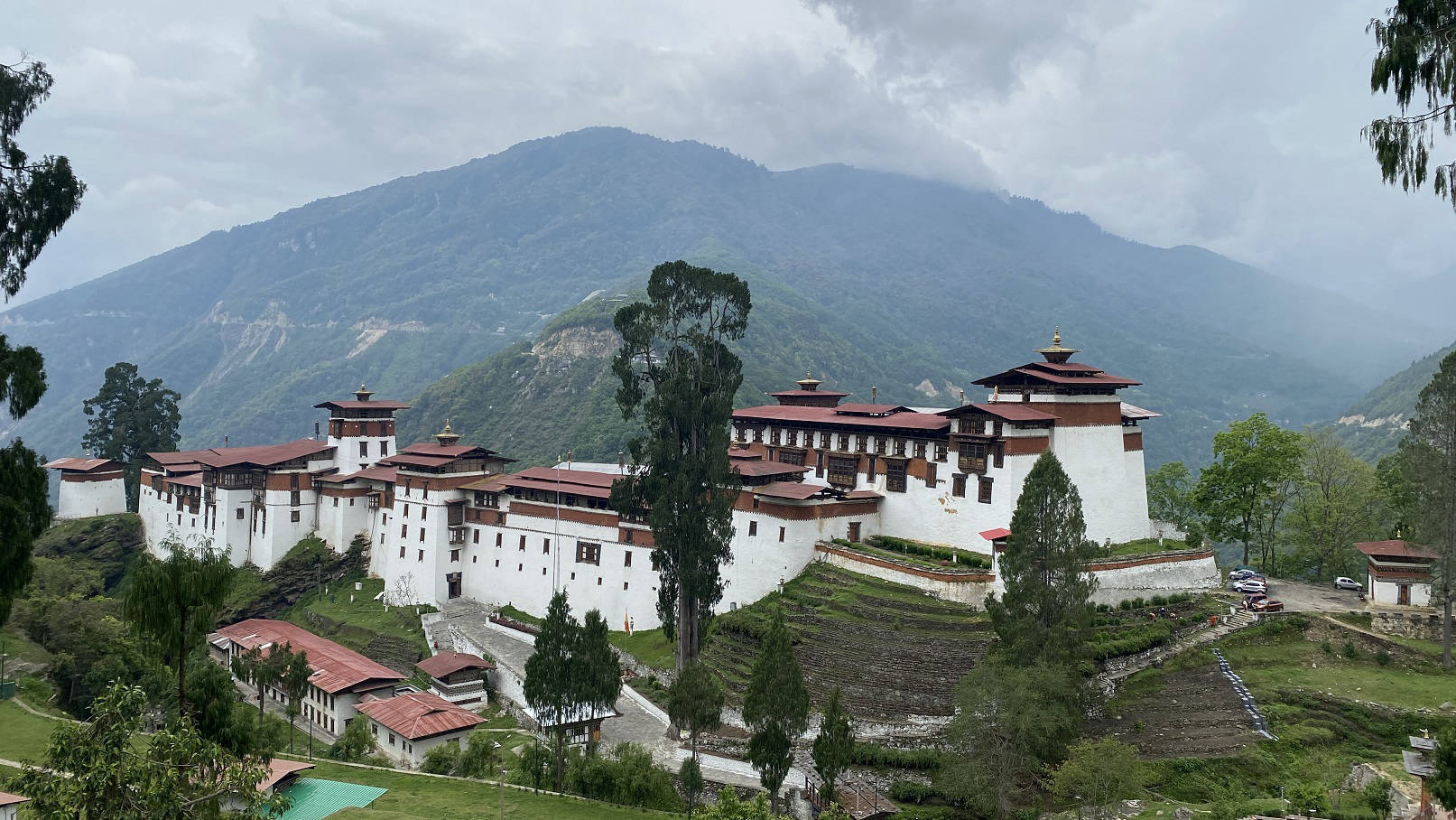
Trongsa Dzong
Built in 1648, it was the seat of power over central and eastern Bhutan. Both the first and second kings of Bhutan ruled the country from this ancient seat. All four kings were invested as Trongsa Penlop (“governor”) prior to ascending the throne. The dzong is a massive structure with many levels, sloping down the contours of the ridge on which it is built. Because of the dzong’s highly strategic position, on the only connecting route between east and west, the Trongsa Penlop was able to control effectively the whole of the central and eastern regions of the country from here.
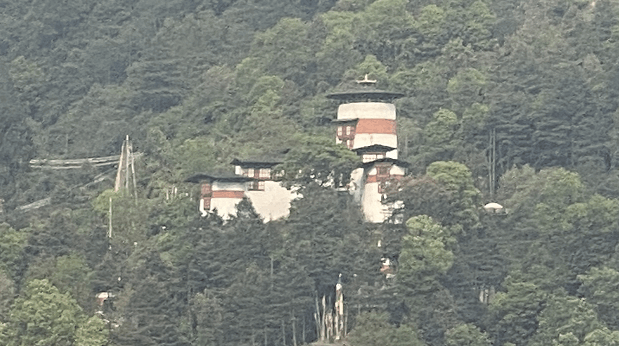
Ta Dzong
This watchtower, which once guarded Trongsa Dzong from internal rebellion, stands on a promontory above the town. It was built by Chogyal Minjur Tempa, the 1st Governor of Trongsa in 1652. It has four observation points resembling Tiger, Lion, Garuda, and Dragon. Climb up the path to visit Ta Dzong which now houses a shrine dedicated to the epic hero, King Gesar of Ling. A visit to this former watchtower provides visitors with an insight into the significance of Trongsa in Bhutan’s history. As of date the Ta Dzong of Trongsa is the most fascinating museum of the nation.
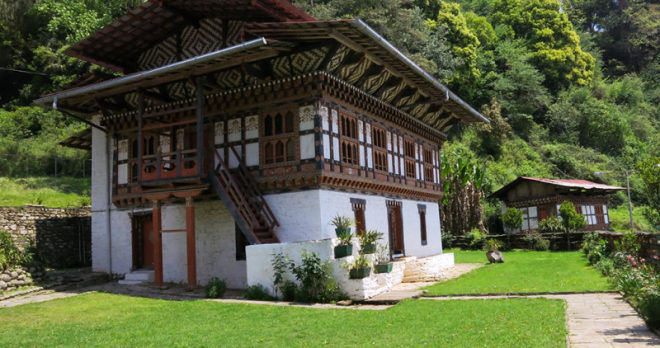
Thruepang Palace
This two storied simple palace situated just above the highway in the town is the birth place of our Late King Jigme Dorji Wangchuck. It was here that on 2nd May 1928, His Majesty was born to King Jigme Wangchuck and Ashi Phuntsho Choden. He spent most of his early childhood days here in this Thurepang Palace. The other palace of interest is the Eundu Choling Palace which was the winter residence of the 1st King Ugyen Wangchuck.
